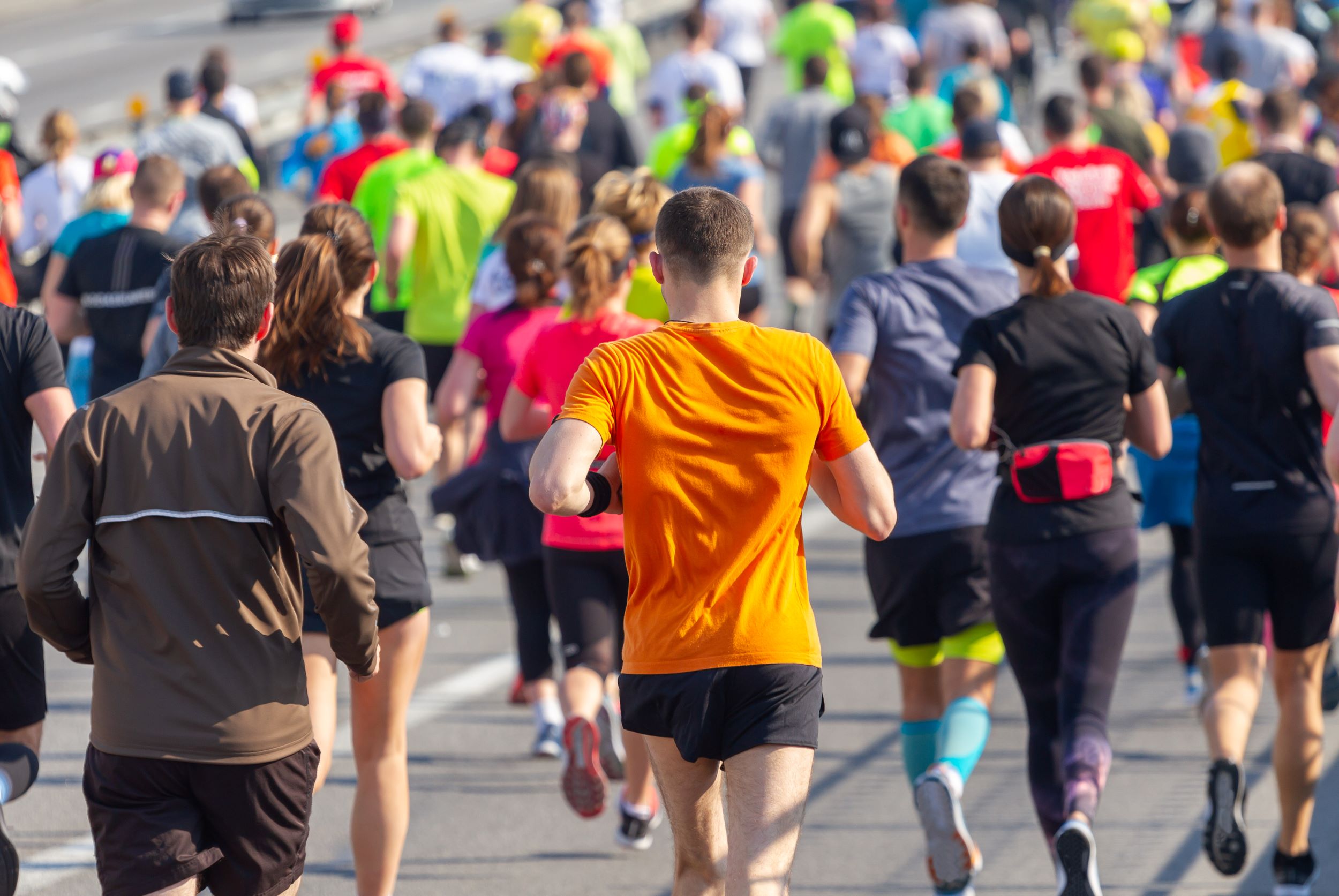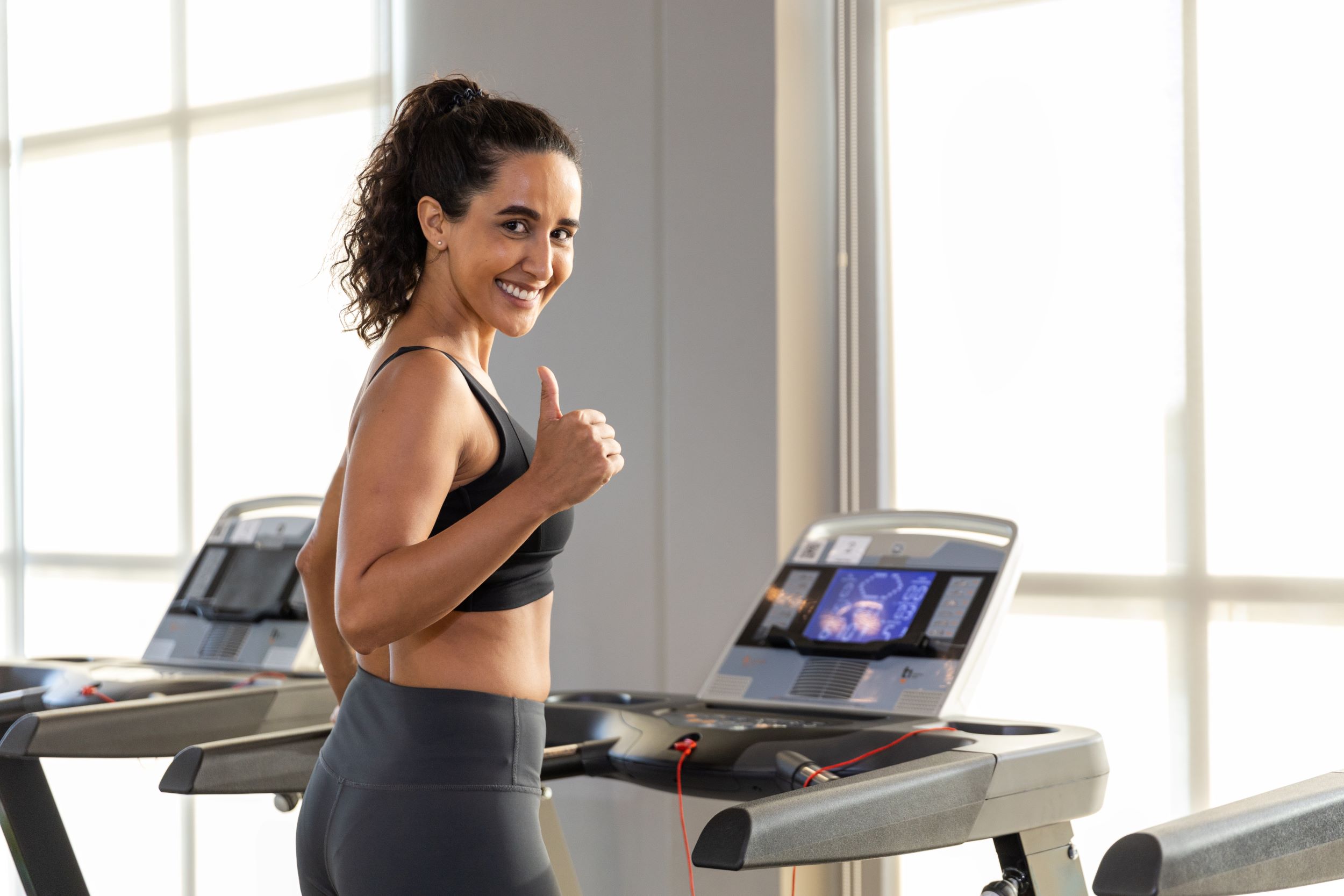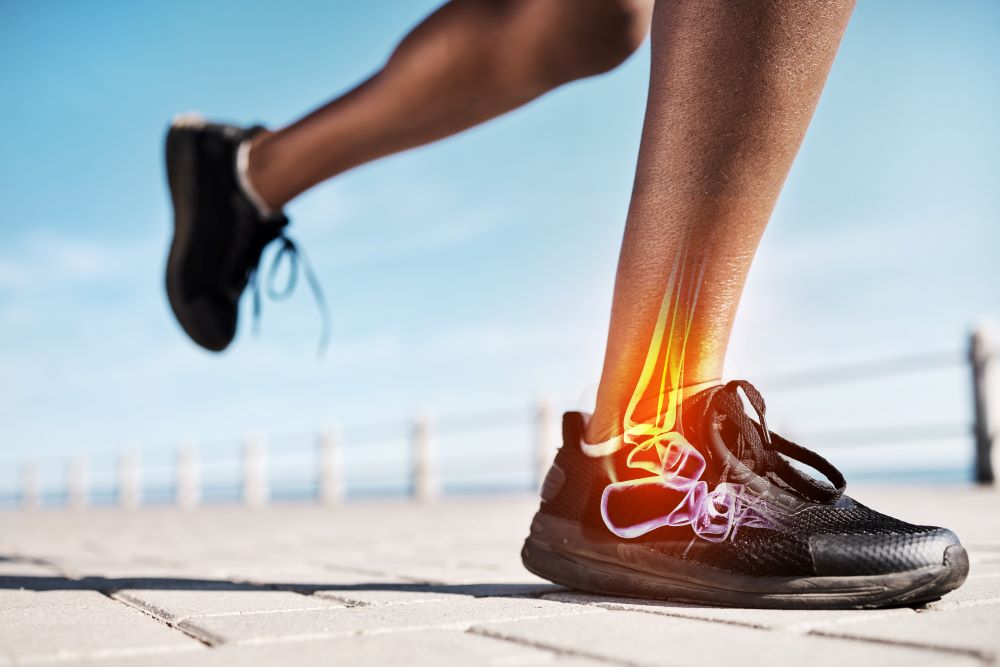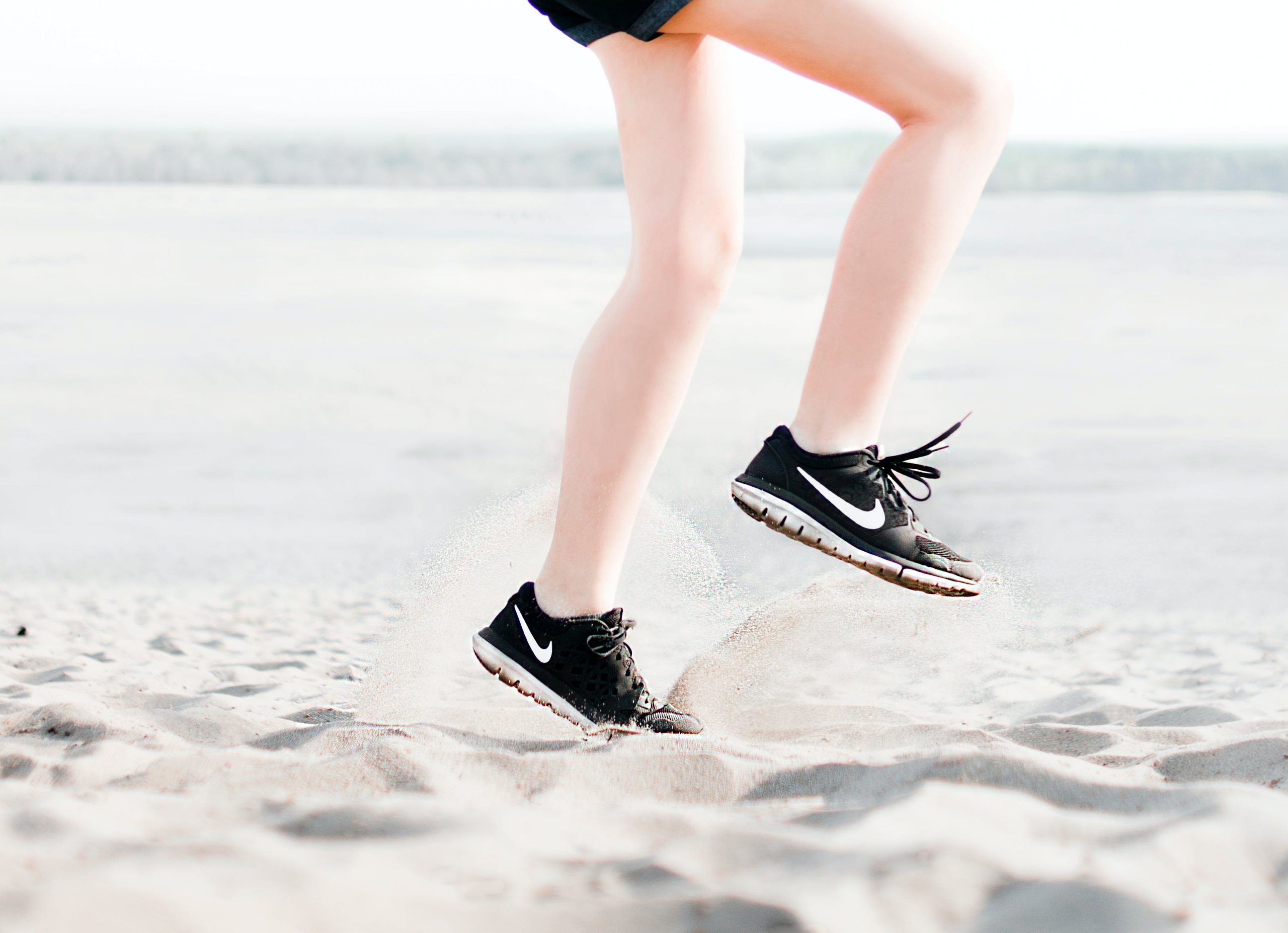When it comes to achieving your fitness goals, having the right footwear is paramount. Whether you’re a seasoned marathoner or just starting your fitness journey, the best running and training shoes make a significant difference in performance, comfort, and injury prevention. In this article, we’ll delve into the essential aspects of running and training shoes to help you find your perfect pair.
Running and training shoes are designed with specific features to cater to different activities. Running shoes are typically lighter, providing more cushioning and support for high-impact activities. On the other hand, training shoes are built for versatility, offering stability for various movements like lateral cuts, jumps, and weightlifting. Knowing the difference and choosing the right shoe for your activity can significantly enhance your workout experience.
It’s crucial to consider factors such as foot type, arch support, and the terrain you’ll be running or training on. For instance, trail running shoes have a rugged sole for better grip on uneven surfaces, while road running shoes are designed for smoother pavements. Similarly, cross-training shoes provide a balance of flexibility and stability, making them ideal for gym workouts and HIIT sessions.
Ready to find your perfect fit? Visit our website to learn more and get started today! Click here.
Importance of Choosing the Right Shoes

The importance of choosing the right shoes cannot be overstated. Your footwear lays the foundation for every step you take, impacting your overall performance and health. Wearing the wrong shoes can lead to a host of problems, from blisters and calluses to more severe issues like shin splints, plantar fasciitis, and stress fractures.
Comfort is one of the primary reasons to invest in the best running and training shoes. Ill-fitting shoes can cause discomfort and pain, making it difficult to focus on your workout. Properly fitted shoes, on the other hand, provide the necessary support and cushioning, allowing you to run or train longer and more efficiently.
Another crucial factor is injury prevention. Shoes that are not suited to your foot type or activity can lead to improper alignment and increased strain on joints and muscles. For instance, overpronators (those whose feet roll inward excessively) need shoes with enhanced stability features, while underpronators (those whose feet roll outward) require shoes with extra cushioning.
The right shoes also contribute to better performance. Running shoes with responsive cushioning can provide a better energy return, helping you run faster and more comfortably. Training shoes with the proper support can improve your balance and agility during high-intensity workouts.
Ultimately, investing in the best running and training shoes is an investment in your health and performance. By choosing shoes that meet your specific needs, you set the stage for a more enjoyable and effective fitness journey.
Top Running Shoes for Different Terrains

When it comes to running, the terrain you tackle can significantly influence your choice of footwear. Whether you are hitting the pavement, trail, or treadmill, selecting the appropriate shoes can enhance your running experience and prevent injuries.
Road Running Shoes are designed for smooth surfaces like asphalt and concrete. These shoes typically offer lightweight construction, ample cushioning, and a comfortable fit. Popular choices include the Nike Air Zoom Pegasus and the Brooks Ghost. These shoes provide excellent shock absorption and durability, making them ideal for long-distance running on hard surfaces.
Trail Running Shoes are built to handle the rugged and unpredictable nature of off-road trails. They feature enhanced traction, sturdy outsoles, and protective elements to shield your feet from rocks, roots, and debris. Notable models include the Salomon Speedcross and the Altra Lone Peak. These shoes provide stability and grip, ensuring you stay secure on uneven terrain.
Treadmill Running Shoes are designed to offer comfort and support during indoor runs. These shoes often emphasize breathability and flexibility. The Asics Gel-Cumulus and the Adidas Ultraboost are excellent options, providing the right balance of cushioning and responsiveness for treadmill workouts.
Hybrid Running Shoes are versatile options suitable for various surfaces. These shoes offer a mix of features from road and trail running shoes, making them perfect for runners who switch between different terrains. The Hoka One One Challenger ATR and the New Balance Fresh Foam Hierro are top picks in this category.
Selecting the best running and training shoes for your terrain ensures that you can perform at your best, regardless of where your run takes you. By choosing shoes tailored to your specific environment, you can enjoy a more comfortable, safe, and effective running experience.
Best Training Shoes for Gym Workouts
Choosing the right training shoes for gym workouts is crucial for maximizing performance and preventing injuries. Whether you are lifting weights, doing cardio, or engaging in high-intensity interval training (HIIT), the proper footwear can make a significant difference.
Weightlifting Shoes are specifically designed to provide stability and support during heavy lifts. They feature a raised heel, which helps improve ankle mobility and allows for deeper squats. The Adidas Powerlift and the Nike Romaleos are popular choices among lifters. These shoes offer a firm and flat sole, ensuring a stable base for exerting maximum force.
Cross-Training Shoes are versatile options suitable for various types of gym activities. They provide a balance of cushioning, flexibility, and support, making them ideal for dynamic movements. The Reebok Nano and the Nike Metcon are top picks in this category. These shoes are designed to handle everything from box jumps to sprints, offering durability and comfort.
Cardio Training Shoes are optimized for activities that involve a lot of movement and impact, such as running on a treadmill or using an elliptical machine. These shoes prioritize cushioning and breathability to keep your feet comfortable during high-impact workouts. The Asics Gel-Quantum and the Brooks Glycerin are excellent options for cardio enthusiasts.
HIIT Shoes are engineered to withstand the demands of high-intensity interval training. These shoes offer excellent grip, lateral support, and cushioning to handle quick, explosive movements. The Under Armour HOVR Apex and the Puma Fuse are highly recommended for HIIT workouts.
Investing in the best training shoes for your gym workouts not only enhances your performance but also reduces the risk of injury. By selecting shoes tailored to your specific training needs, you can enjoy a more effective and comfortable workout experience.
Features to Look for in Running Shoes

When it comes to selecting the best running and training shoes, understanding the key features to look for can significantly enhance your running experience. Here are some essential aspects to consider:
Cushioning: Proper cushioning is pivotal for reducing the impact on your joints and providing a comfortable ride. Look for shoes with adequate midsole cushioning that suits your running style, whether you prefer a soft, plush feel or a more responsive, firm ride. Brands like Asics and Hoka One One are known for their exceptional cushioning technologies.
Support: Different runners require varying levels of support based on their foot arch type and pronation. Overpronators (those whose feet roll inward excessively) might benefit from stability or motion control shoes that offer extra support. Neutral runners can opt for standard cushioned shoes, while underpronators (supinators) may need shoes with enhanced cushioning and flexibility. The Brooks Adrenaline GTS and Nike Air Zoom Structure are excellent choices for support.
Fit: A proper fit is non-negotiable. Ill-fitting shoes can lead to blisters, discomfort, and injuries. Ensure there is enough room in the toe box, your heel is snug, and the midfoot is secure. Many brands offer different width options to accommodate various foot shapes.
Durability: Running shoes should be able to withstand the wear and tear of regular use. Check the outsole material for durability and grip. High-quality rubber compounds like those found in Salomon and New Balance shoes ensure long-lasting performance.
Breathability: Breathable materials help keep your feet cool and dry, preventing blisters and discomfort. Look for shoes with mesh uppers or moisture-wicking properties to enhance ventilation. Models like the Adidas Ultraboost and Saucony Kinvara excel in breathability.
Weight: Lightweight shoes can improve your running efficiency and reduce fatigue, especially during long runs. However, they should still provide adequate support and cushioning. The Brooks Hyperion Tempo and New Balance 890v8 are great examples of lightweight running shoes that don’t compromise on performance.
By paying attention to these features, you can find running shoes that meet your specific needs, enhance your performance, and keep you comfortable mile after mile.
Tips for Maintaining Your Running Shoes

Maintaining your best running and training shoes is essential to ensure they last longer and continue to provide the support and comfort you need. Here are some practical tips to keep your shoes in top condition:
Rotate Your Shoes: If you’re a frequent runner, consider rotating between two or more pairs of shoes. This allows each pair to fully dry out between runs, preventing the buildup of moisture and bacteria that can degrade the materials over time.
Clean Them Regularly: Dirt and grime can break down the materials of your shoes. Clean your shoes by hand using a mild soap and water solution. Avoid using a washing machine, as it can damage the structure of the shoes. For stubborn stains, a soft brush can be very effective.
Dry Properly: After cleaning or running in wet conditions, let your shoes air dry naturally. Avoid exposing them to direct heat sources like radiators or dryers, as high temperatures can warp the shape and damage the materials. Stuffing them with newspaper can help absorb excess moisture and maintain their shape.
Inspect Regularly: Regularly check the soles, uppers, and insides of your shoes for signs of wear and tear. If you notice significant wear on the outsole or the cushioning feels less supportive, it may be time to replace your shoes. Running in worn-out shoes can lead to injuries.
Store Properly: Store your running shoes in a cool, dry place away from direct sunlight. Avoid leaving them in your car or a damp environment, as extreme temperatures and humidity can degrade the materials.
Lace Them Correctly: Proper lacing can extend the life of your shoes by providing better support and reducing stress on specific areas. Experiment with different lacing techniques to find the best fit for your foot shape and running style.
By following these maintenance tips, you can extend the life of your running shoes and ensure they continue to support your training needs effectively.
Visit our website to learn more and get started today! Click here.


